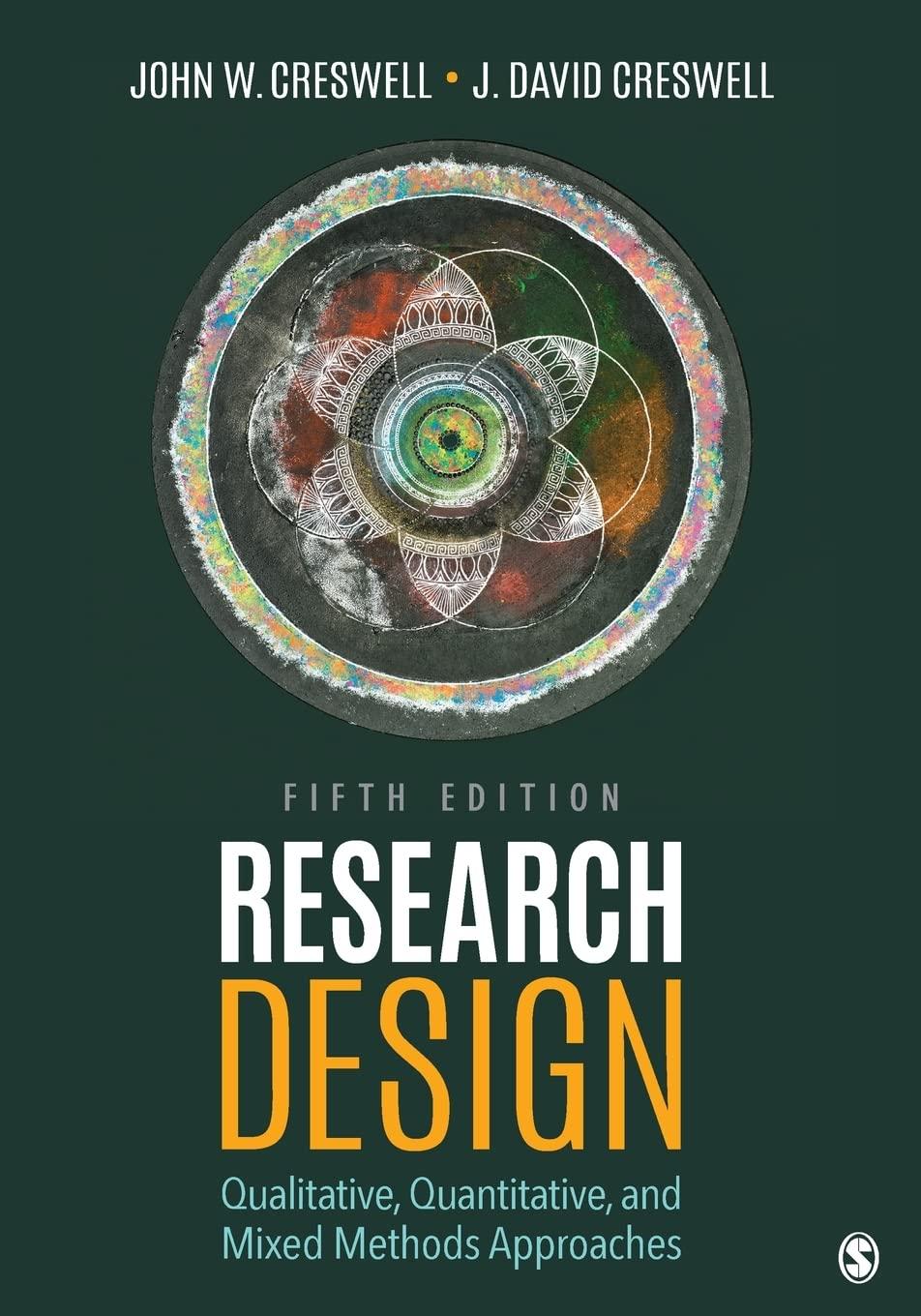Answered step by step
Verified Expert Solution
Question
1 Approved Answer
Let's see how bad risks drive good risks out of the market: part 2. In part 1 of this question, some good-risk corporations stop lending

 Let's see how bad risks drive good risks out of the market: part 2. In part 1 of this question, some good-risk corporations stop lending and as a result the percentage of bad-risk corporations increases (you know why?]. Now, based on the recent history, market participants expect 75% of corporations to be bad risk. Because of this asymmetric information problem they are all willing to pay a price of dollars for either bond. After a while, no good-risk corporation is willing to lend by selling bonds and, so, market participants expect 100% of corporations to be bad risk (and none good-risk). Because of this, they are willing to pay a price of dollars for the bad-risk bond. How much do you think they are willing to pay for the bond of the good-risk corporation? Use our rounding rules
Let's see how bad risks drive good risks out of the market: part 2. In part 1 of this question, some good-risk corporations stop lending and as a result the percentage of bad-risk corporations increases (you know why?]. Now, based on the recent history, market participants expect 75% of corporations to be bad risk. Because of this asymmetric information problem they are all willing to pay a price of dollars for either bond. After a while, no good-risk corporation is willing to lend by selling bonds and, so, market participants expect 100% of corporations to be bad risk (and none good-risk). Because of this, they are willing to pay a price of dollars for the bad-risk bond. How much do you think they are willing to pay for the bond of the good-risk corporation? Use our rounding rules

Step by Step Solution
There are 3 Steps involved in it
Step: 1

Get Instant Access to Expert-Tailored Solutions
See step-by-step solutions with expert insights and AI powered tools for academic success
Step: 2

Step: 3

Ace Your Homework with AI
Get the answers you need in no time with our AI-driven, step-by-step assistance
Get Started


